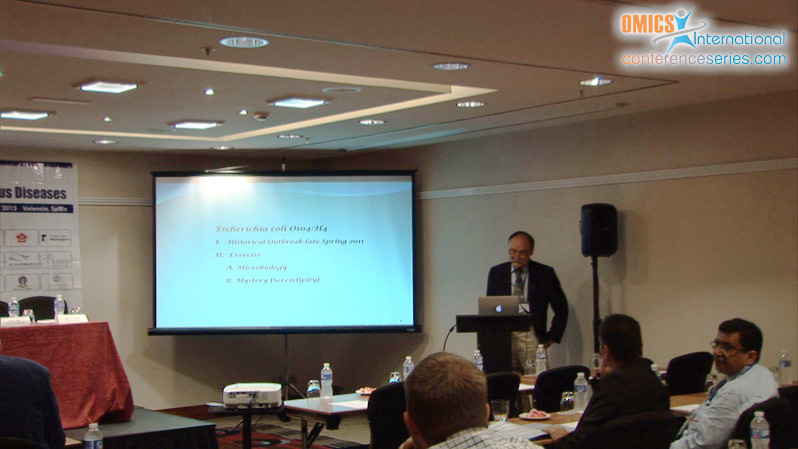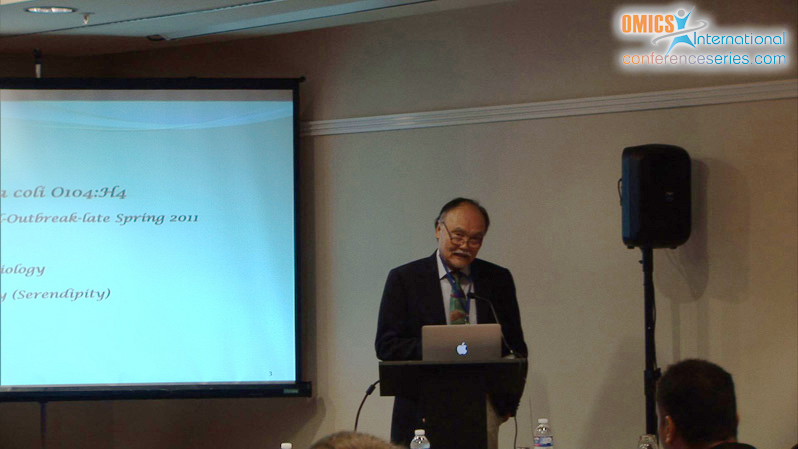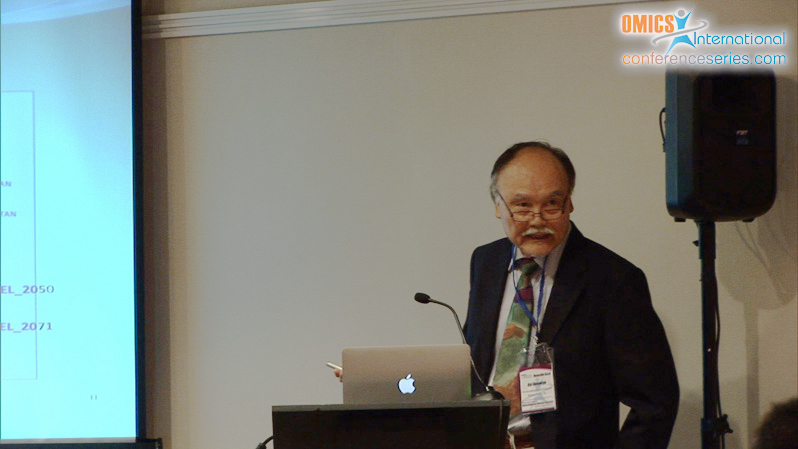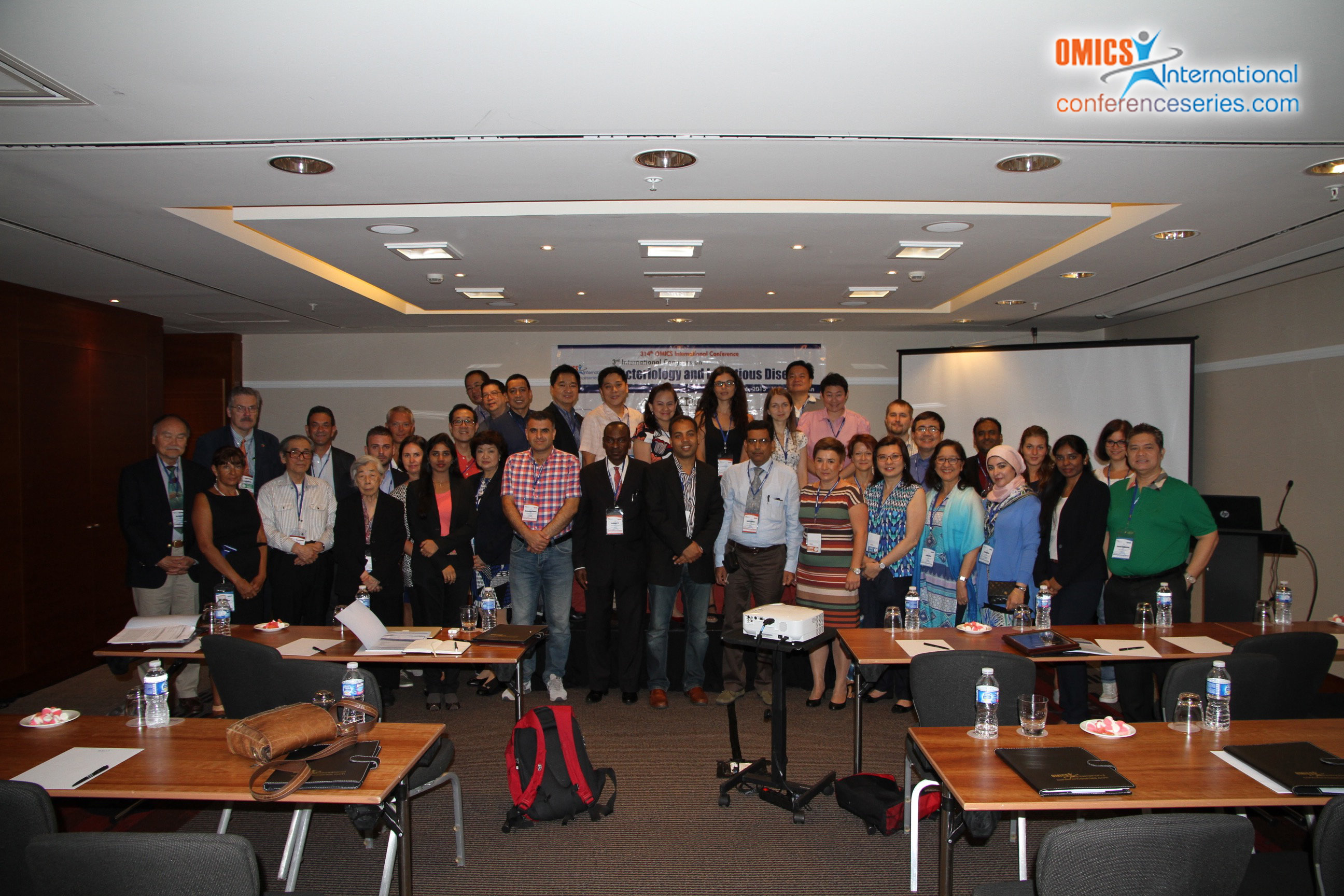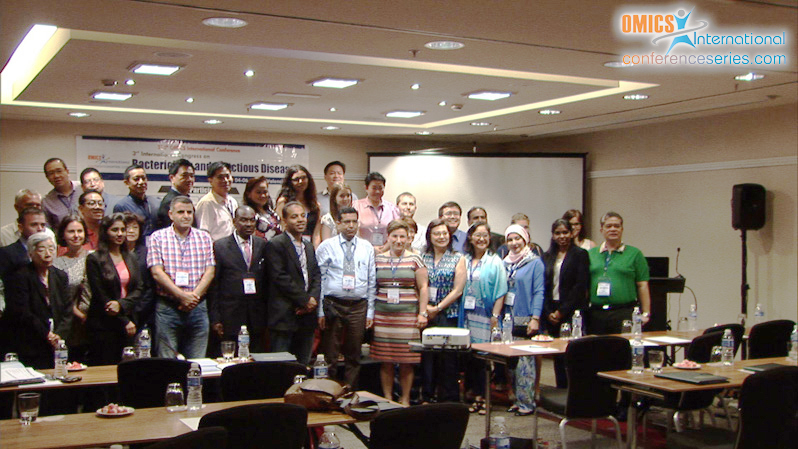
Kei Amemiya
US Army Medical Research Institute for Infectious Diseases, USA
Title: A proposed new selective growth medium for the isolation of enteroaggregative shiga-toxigenic strains of the emerging pathogen Escherichia coli O104:H4
Biography
Biography: Kei Amemiya
Abstract
The year 2011 was an eventful year for infectious emerging pathogens especially for the European continent. The shiga-toxin producing Escherichia coli O104:H4 was responsible for one of the largest outbreaks of gastroenteritis centered primarily in Germany leading in many cases to the life-threatening hemolytic uremic syndrome. In the same year in the United States there were at least two smaller outbreaks of food poisoning caused by E. coli O157:H7. The outbreak in Germany was found to be associated with contaminated bean sprouts while those in the US were associated with hazelnuts and romaine lettuce. Strains of E. coli O104:H4 were received from the Centers for Disease Control and Prevention. Comparative biochemical studies were performed with E. coli O157:H7 and E. coli O104:H4 using Biolog GEN III microplates and selective differential plates for identification of metabolic differences. It was also noticed the ability of the E. coli O104:H4 strains to form biofilms and their ability to bind Congo Red. The ability to activate the host innate immune response was also evaluated using human embryonic kidney (HEK) cells transfected with individual Toll-like receptors (TLR). It was during the course of these studies that it was found that E. coli O104:H4 could grow in the special medium used to measure TLR activation but neither E. coli ATCC25922 nor E. coli O157:H7 could not. With the result of these studies, a solid medium was devised that could support growth of E. coli O104:H4 but not E. coli O157:H7 or E. coli ATCC25922. The results of the studies will be presented with the proposed new selective medium that could potentially be used to differentiate enteroaggregative STEC stains of E. coli O14:H4 from E. coli O157:H7.

